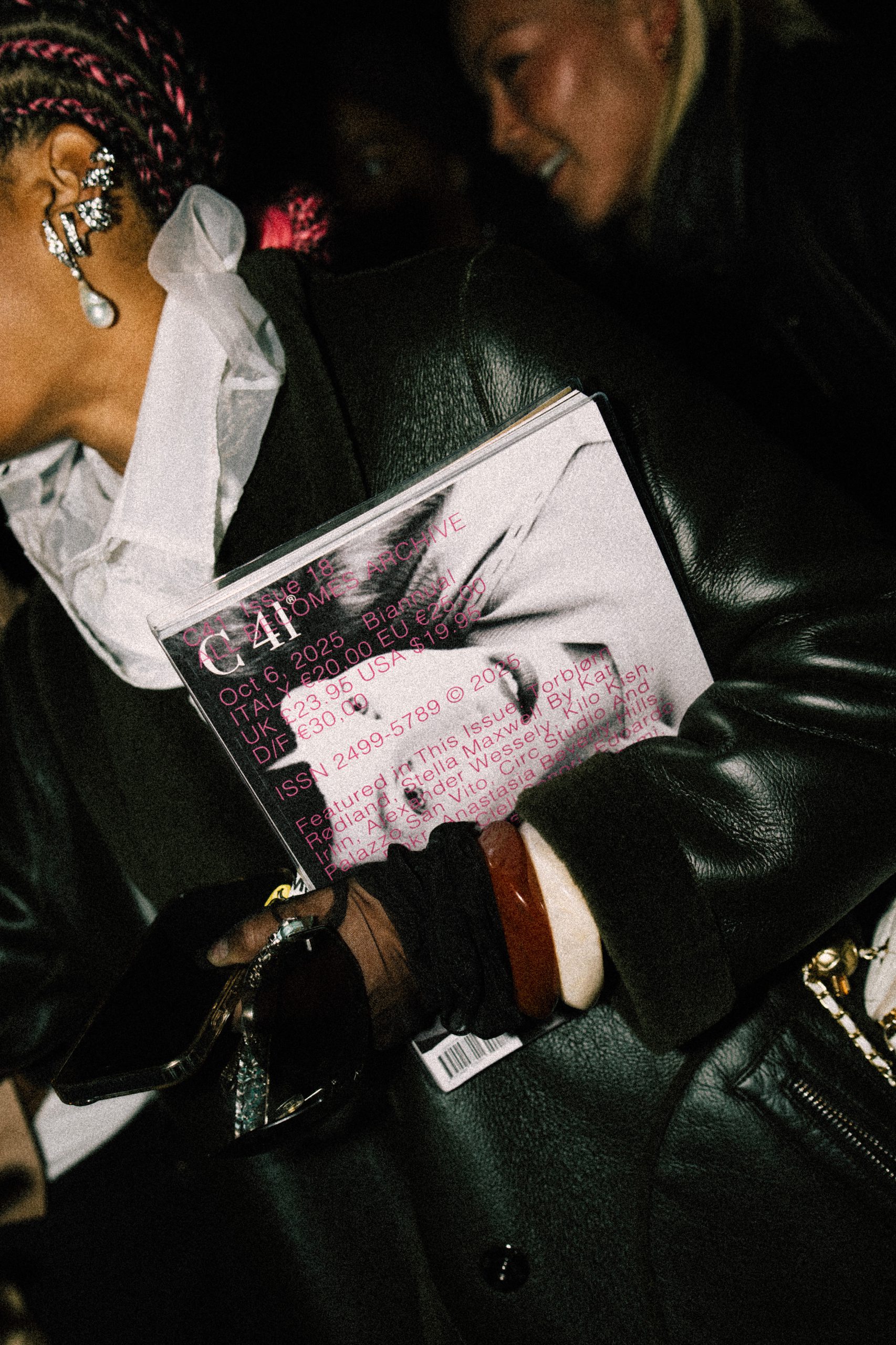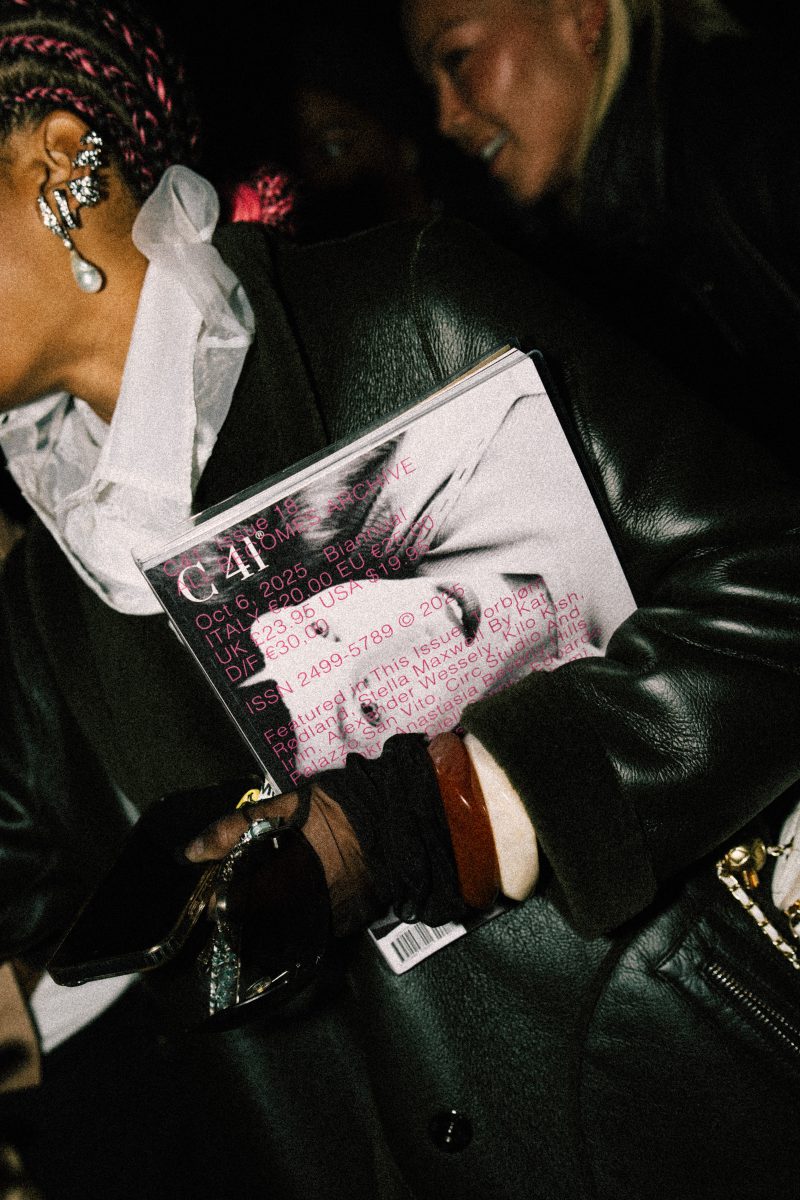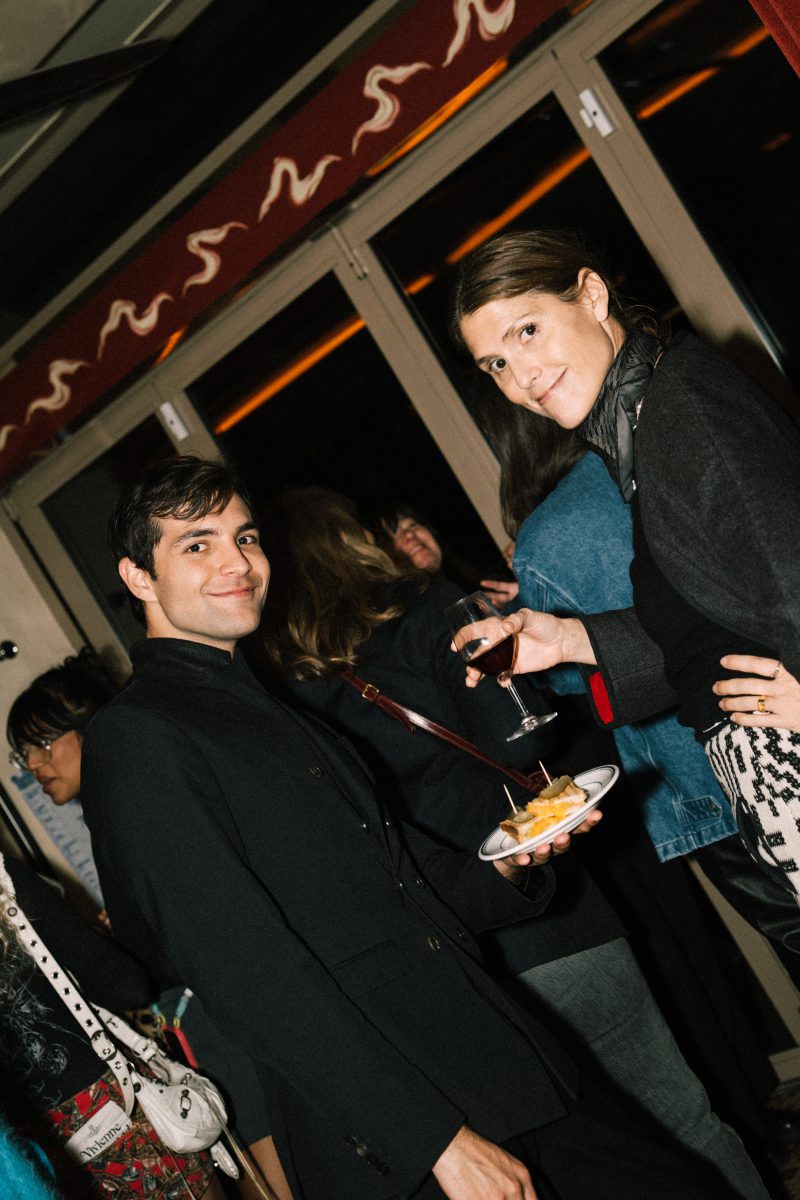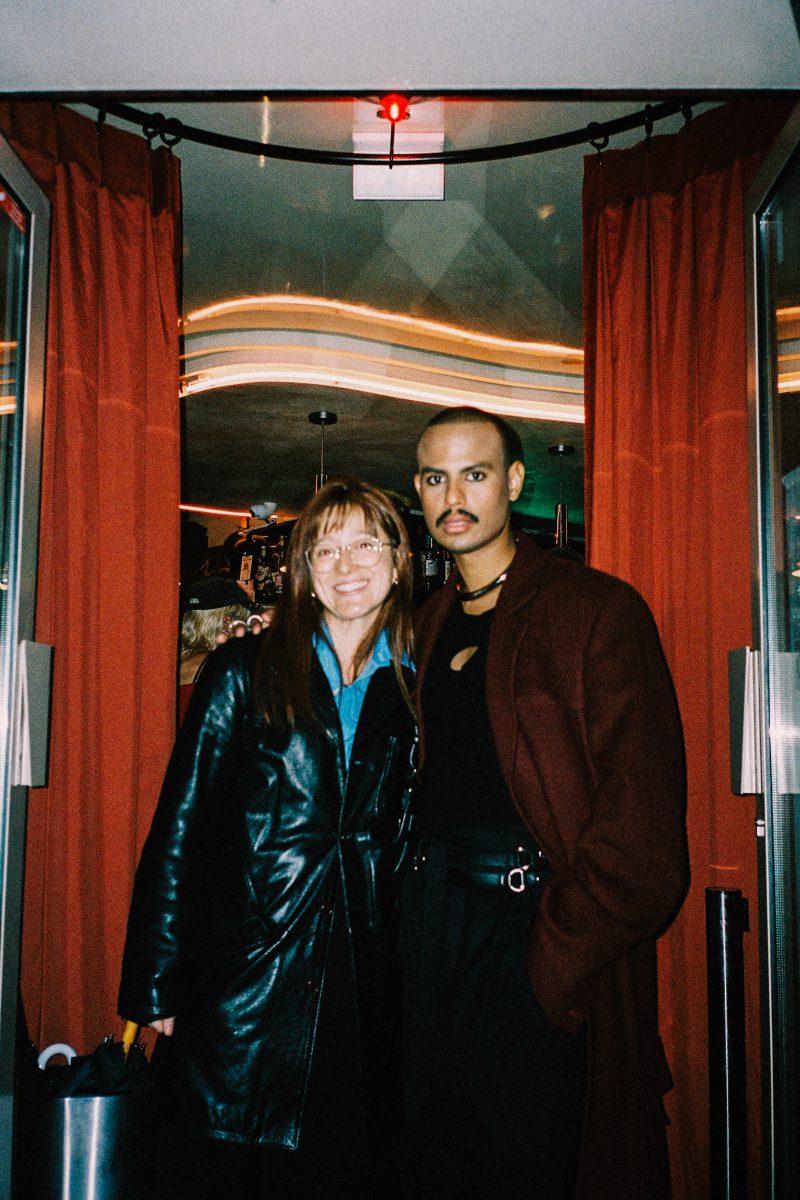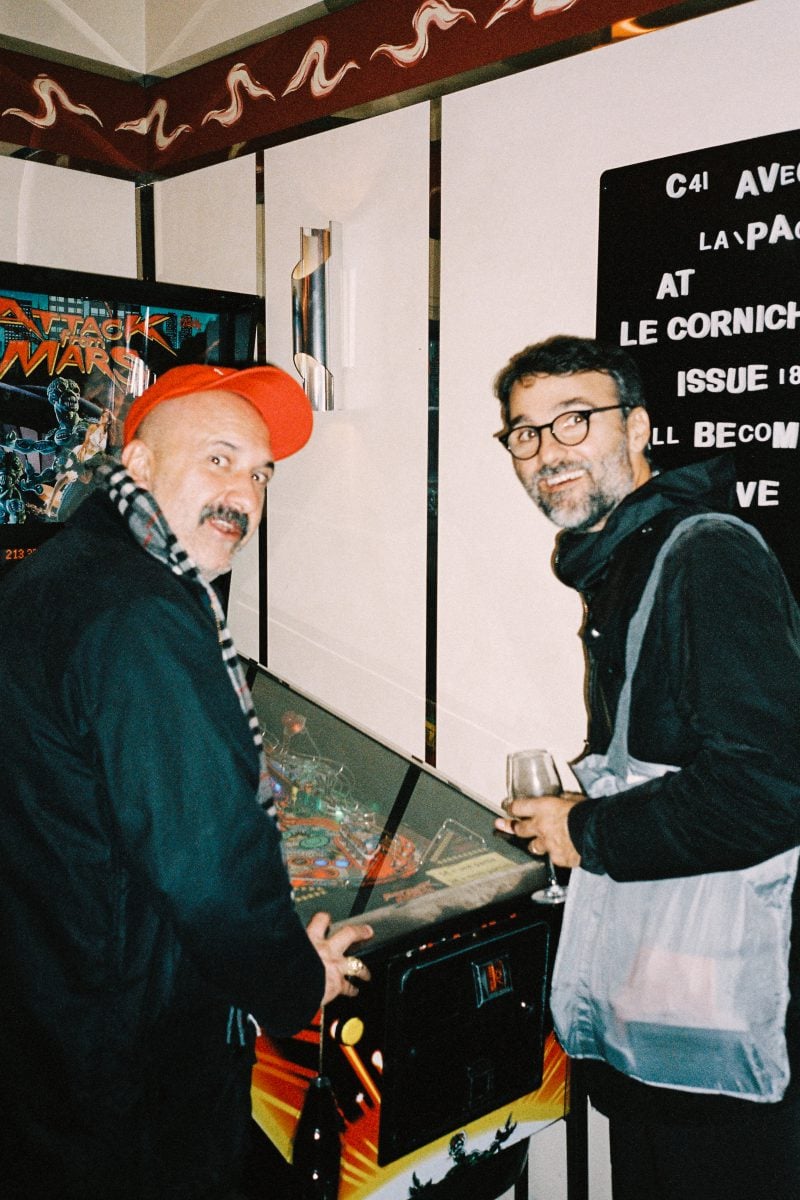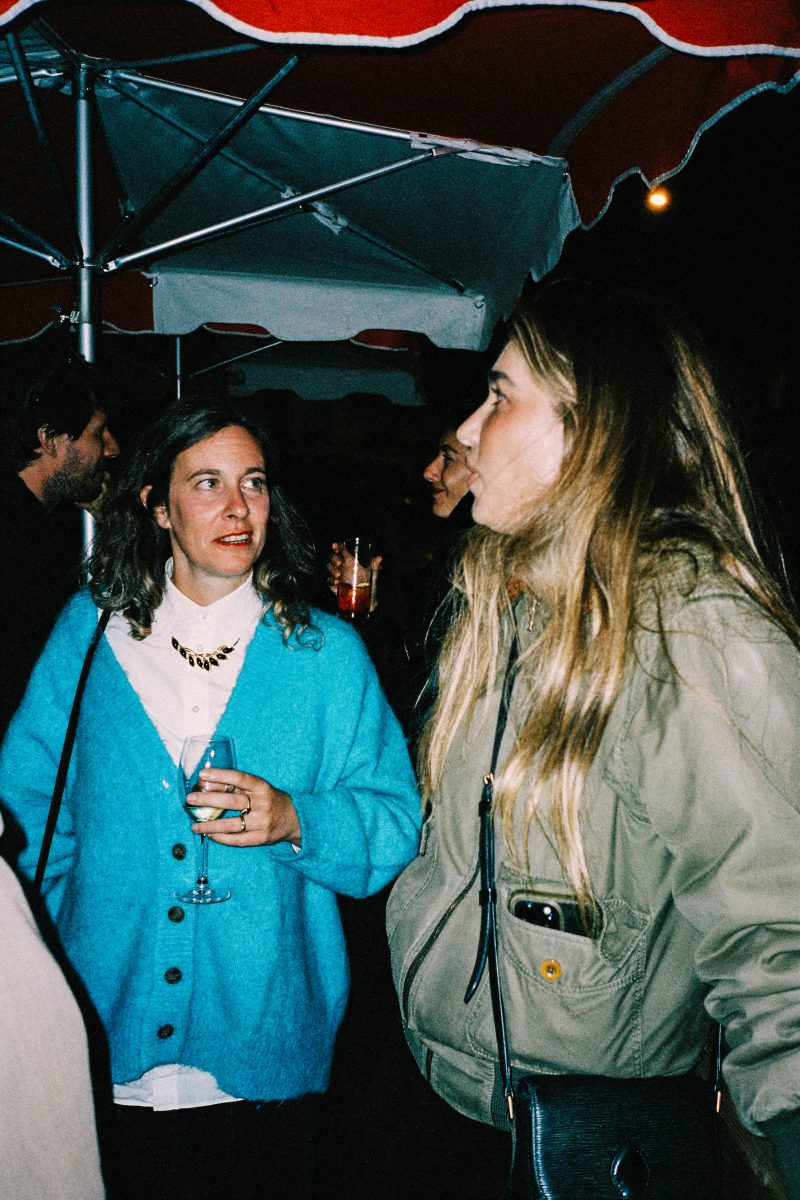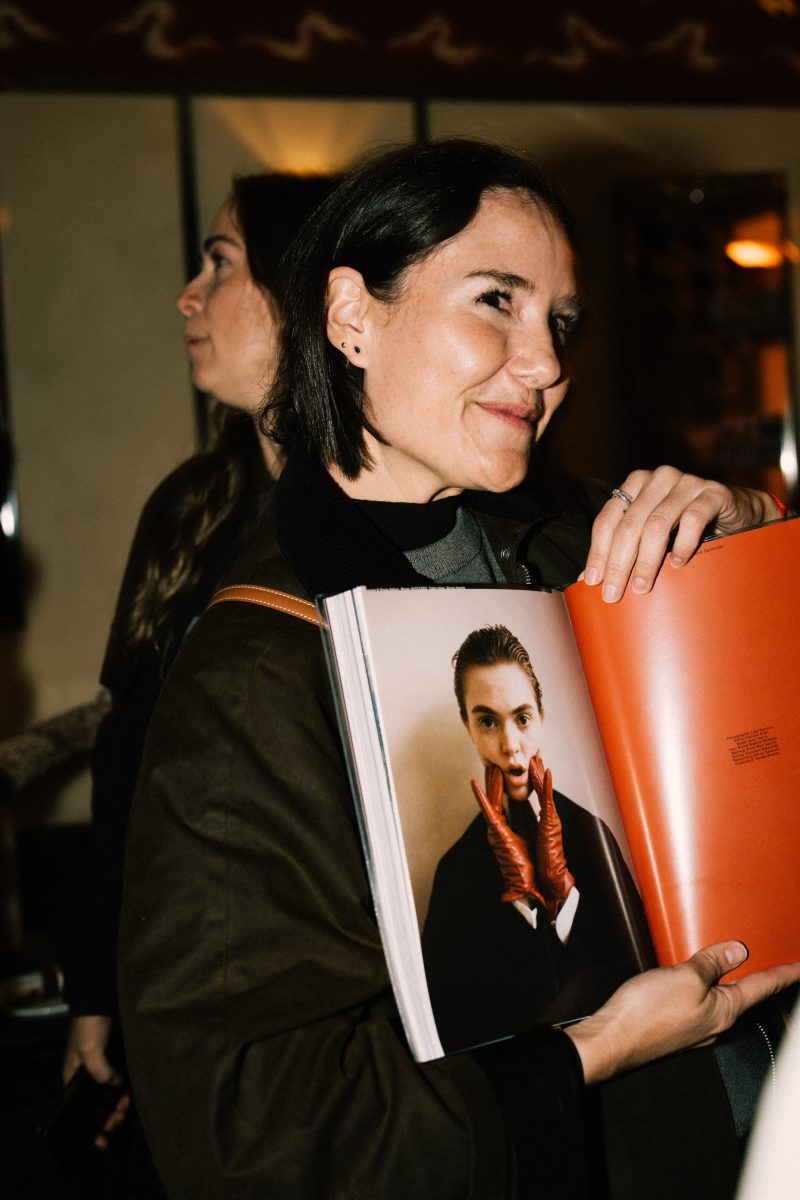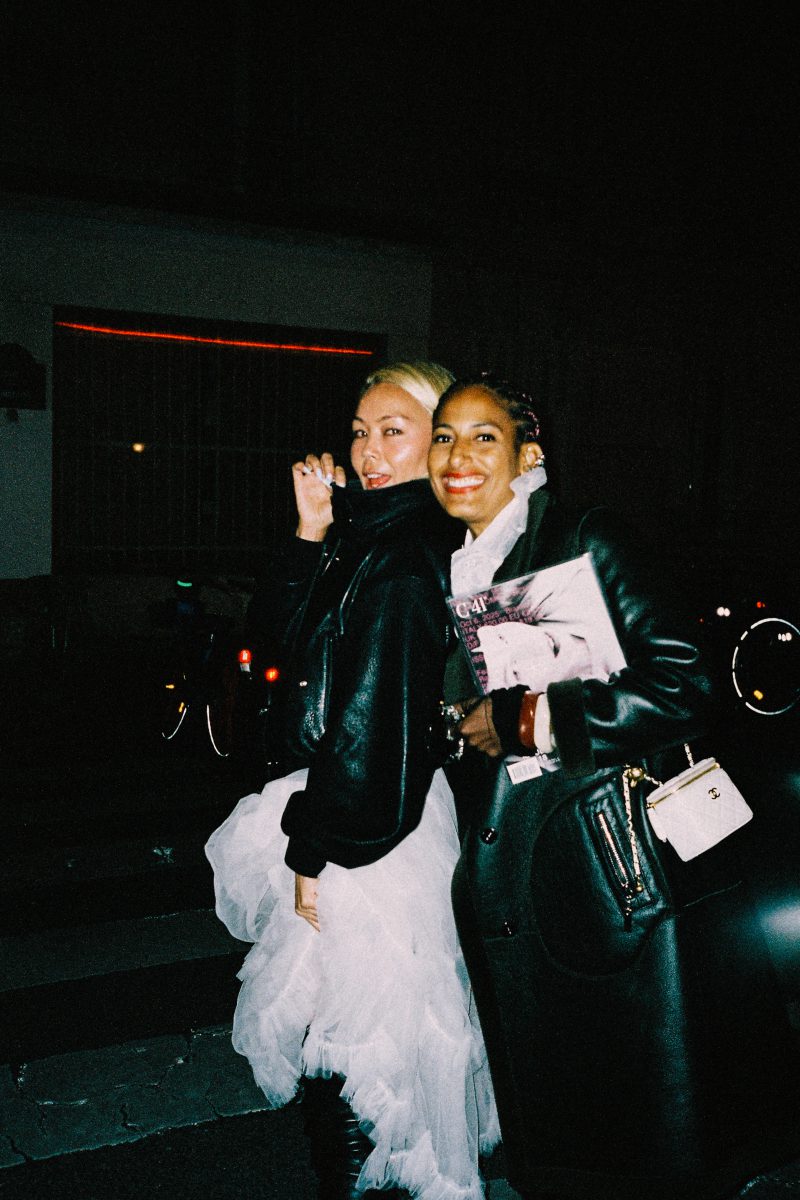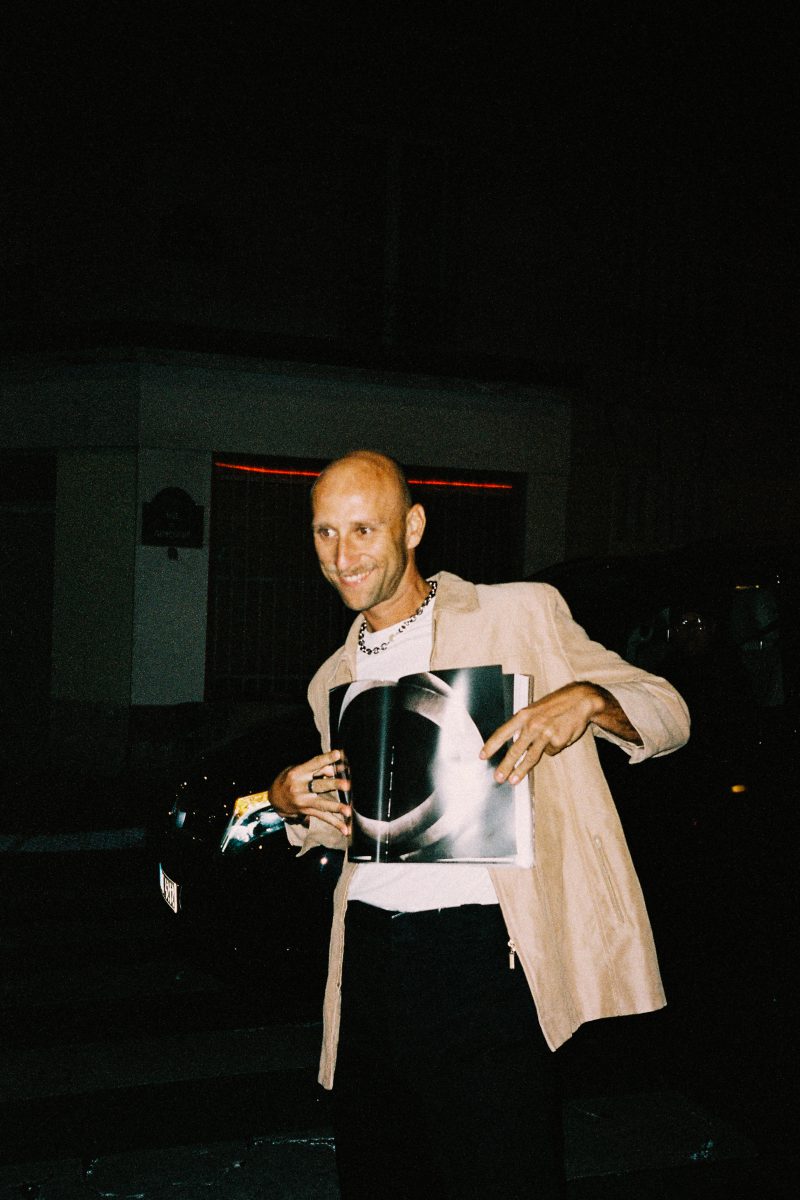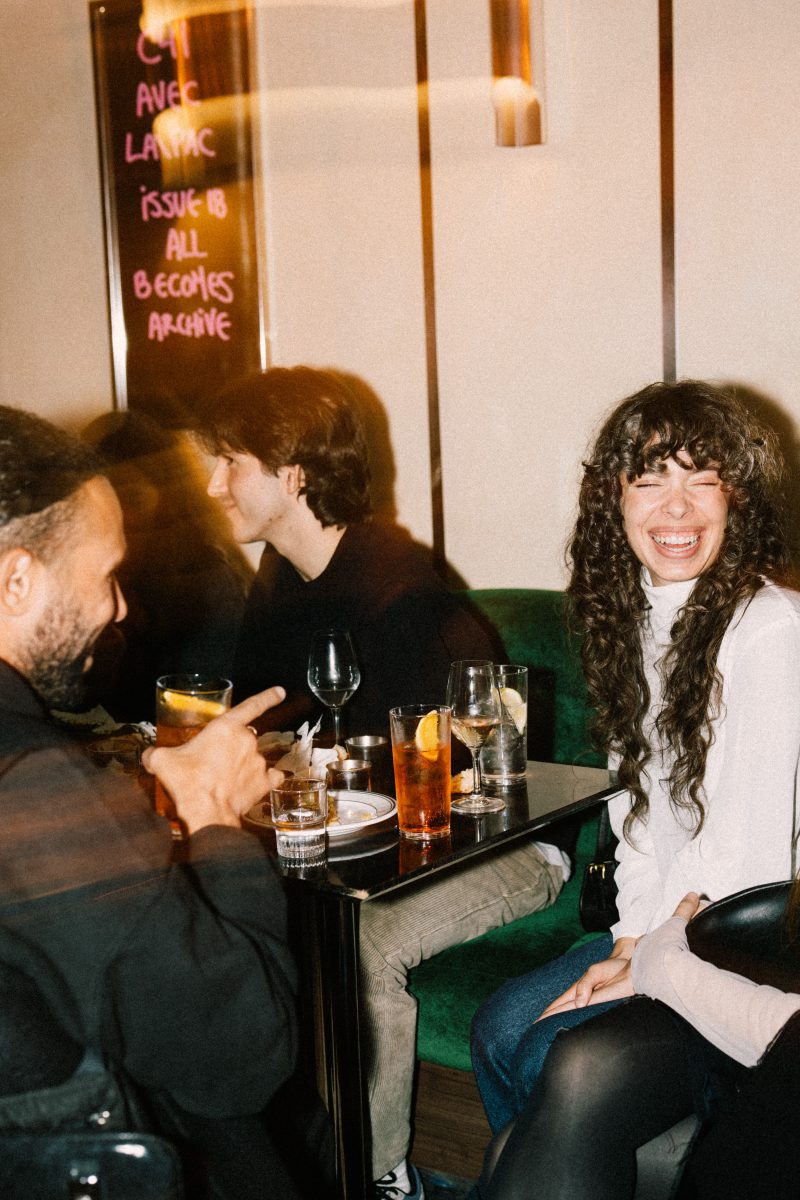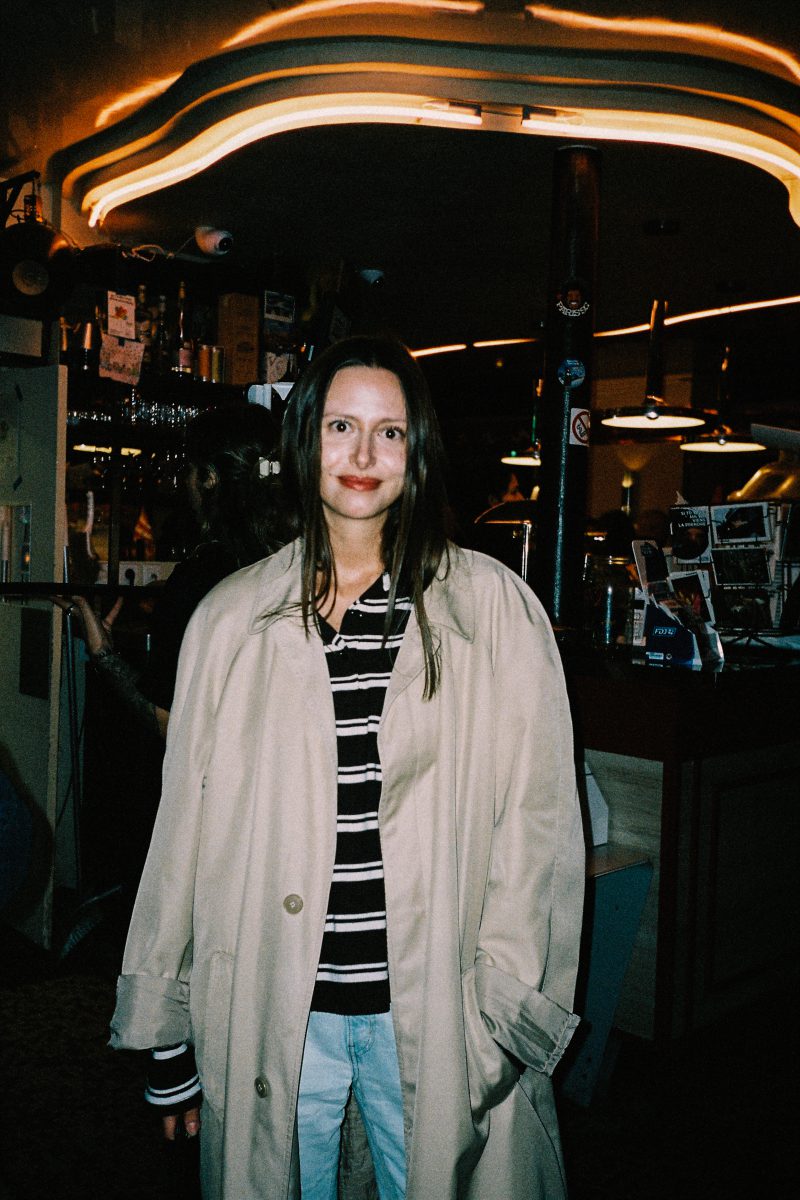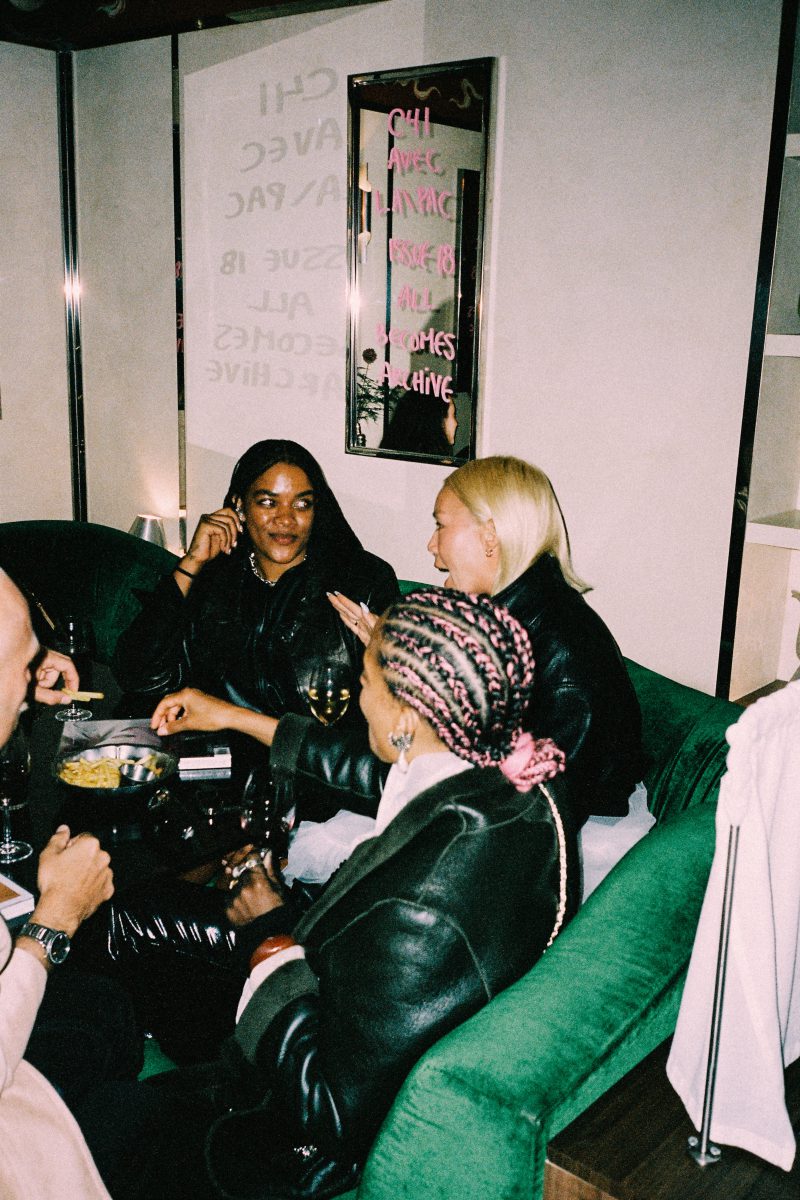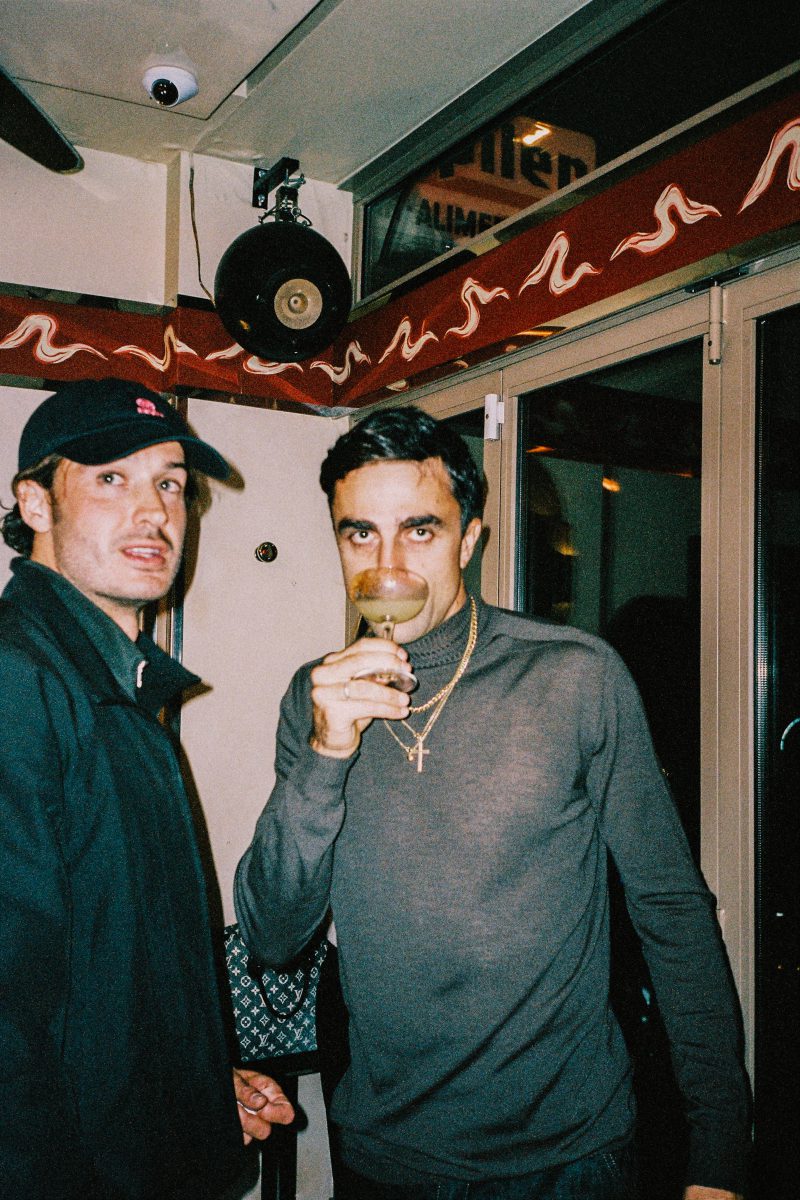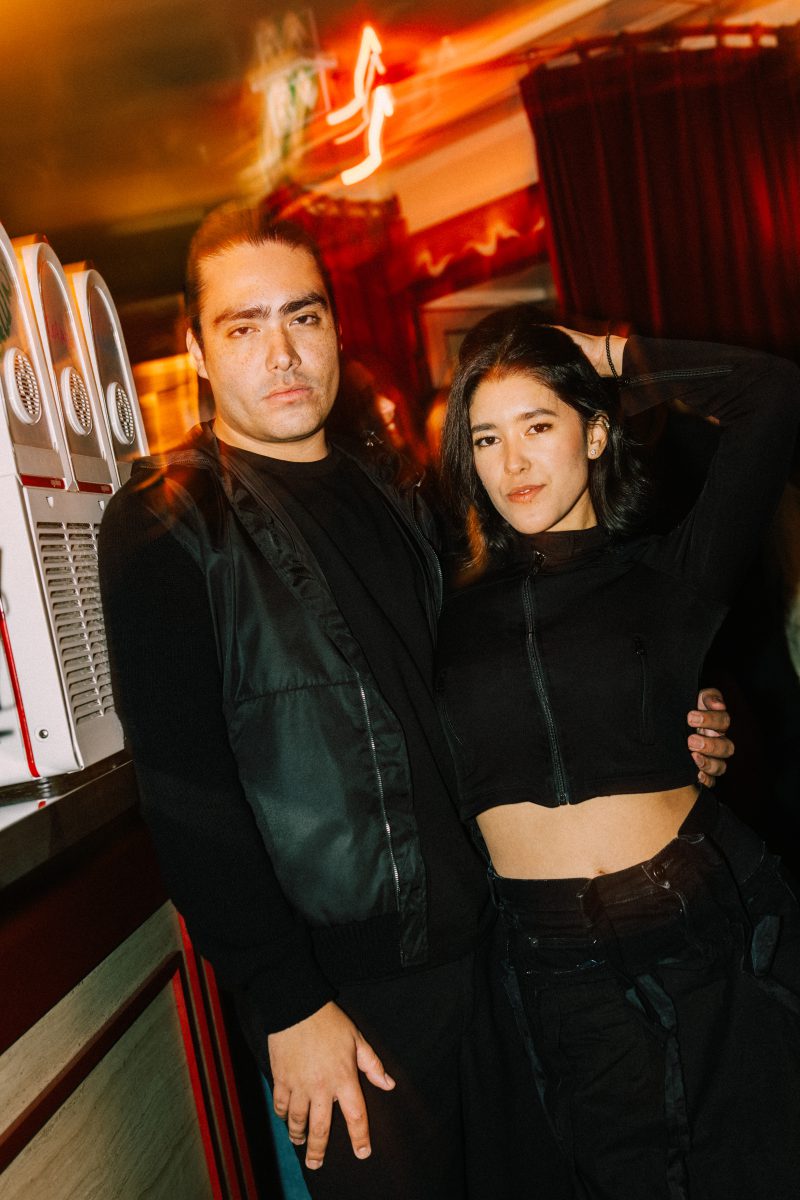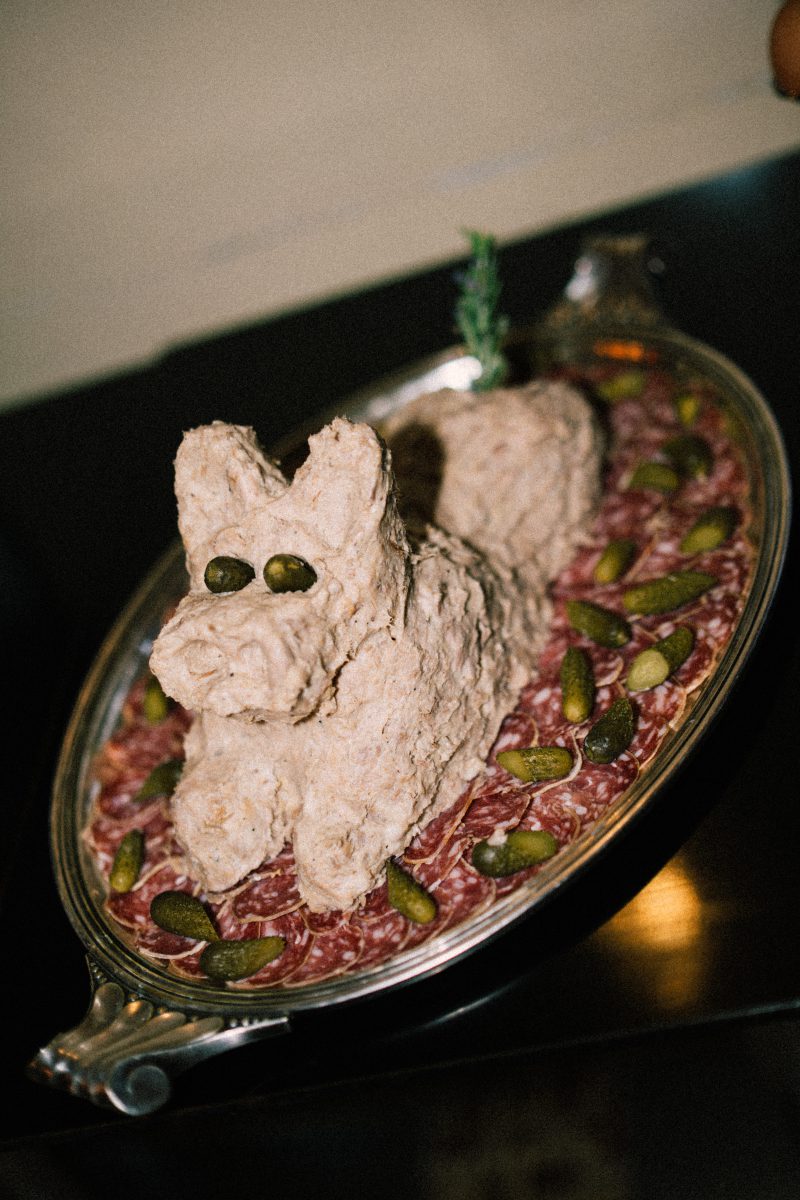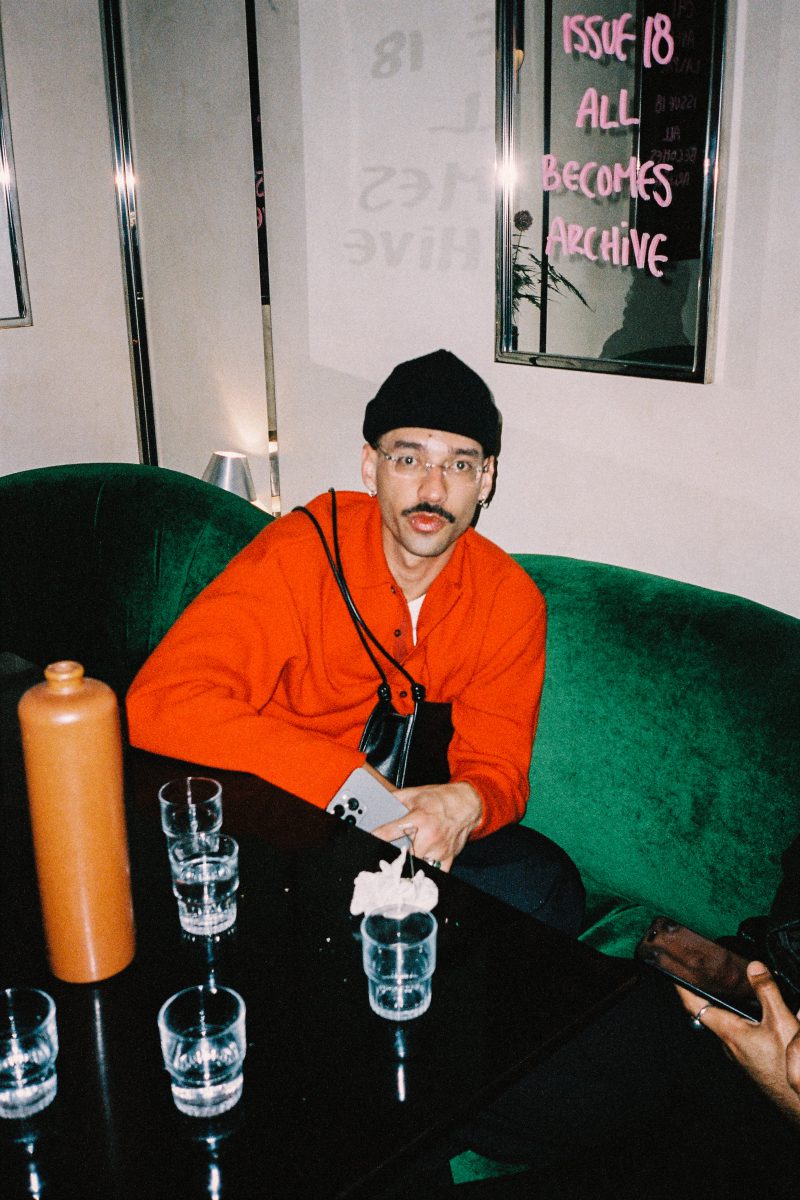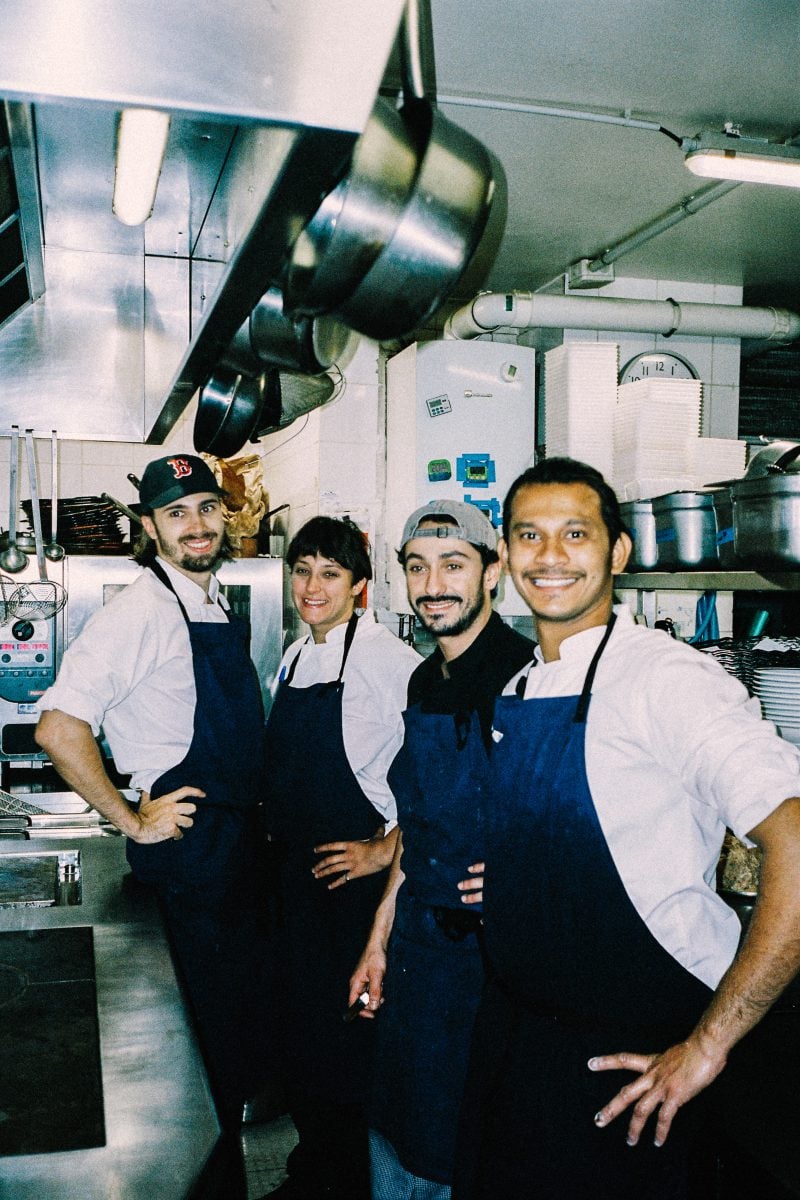Paris, October 5th, 11e: Le Cornichon.
In a time that archives everything, C41 Issue 18 – All Becomes Archive asks how we can still build an archive that makes sense.
A small, loud, precise bar. The counter—a kind of editorial desk: glasses, open copies, phones. Red light, just the right noise. The room is smartly laid out: a straight, generous counter that behaves like an editorial desk; tight two-tops along the wall that encourage rotation rather than parking. You feel the house style the second you lean in: clean glassware, cold metal, no clutter.
The bar feels like an extension of the editorial office: glasses beside open copies, phones capturing details, hands underlining captions. An editor points to a spread as if it were a layout on a monitor; a photographer shoots the neon reflection on the cover; a stylist notes a name in the white margin. The magazines move from group to group: circulation instead of presentation. No speeches, no microphone. Just pages, plates, glasses.
The music keeps the pressure low: soft electronics, clean bass, light samples. It doesn’t impose—it structures. When the room fills, it steps back; when the murmur drops, it realigns. It’s glue, not a frame. It holds the rhythm of the text: introduction, development, reprise.
The Dirty Martini is sharp: icy, taut, olive perfectly placed. The Americano, short and clean. The natural wine, just right—clear, readable, no extremism. People drink to stay sharp.
From the kitchen pass: green gazpacho, Niçoise, rillettes, gravlax trout, giant chocolate cake. Everything arrives fast, in portions that fit in the hand: you break, share, and keep talking. Food keeps the conversation going—it doesn’t interrupt it, it pushes it forward. The best dish is the one that doesn’t ask for a chair.
The service runs like good editing: tight timing, sure hands, zero errors. Ice at the right level, dilution under control, clean glassware. The technique stays invisible—it’s seen only in the absence of friction. Here the idea of the issue becomes clear: repeatable units, consistent result.
A short timeline of the night: at first, classics at the counter and the first page turns; midway through, the pass accelerates and the room finds its pace; by the end, the same images are marked across different copies—as if the crowd, without saying it, had chosen a shared index. It’s already an archive—not a storage, but a minimal map of priorities.
A note on glasses: a Vouvray “Les Pleurs” that cleanses, a Savagnin that stretches the finish, a Beaujolais 2020 that keeps things conversational, a Bourgogne that refines. A light orange for a sideways step; dry bubbles to reset the palate. Different labels, same grammar: clarity.
Details that stay: the crisp snap of the shaker in the back; a drop on the page’s edge; a plate sliding over three conversations without stopping them; the chocolate cake reuniting a table of strangers. The room works because every element has a purpose and stays in its role.
That’s the point: All Becomes Archive isn’t explained—it’s practiced.
It works through the accumulation of concrete units: a well-made drink, a legible dish, a marked page. Tomorrow, you can make them again and they’ll mean the same thing. It’s a method, not an event.
The archive builds itself like this — through the accumulation of concrete units you can reproduce tomorrow.
